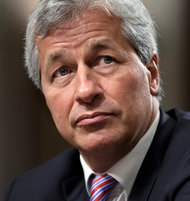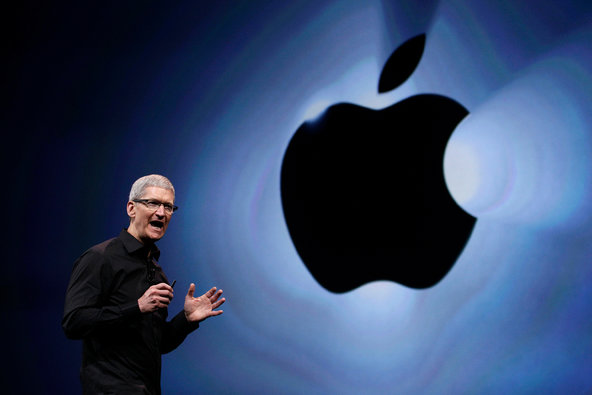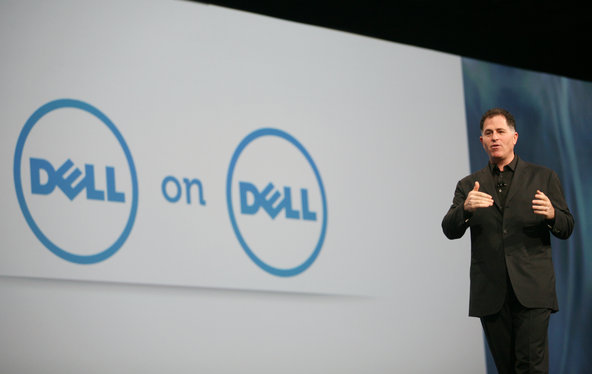The patents were challenged by scientists and doctors who said their research and ability to help patients had been frustrated. The particular genes at issue received public attention after the actress Angelina Jolie revealed in May that she had had a preventive double mastectomy after learning that she had inherited a faulty copy of a gene that put her at high risk for breast cancer.
The price of the test, often more than $3,000, was partly a product of Myriad’s patent, putting it out of reach for some women. The company filed patent infringement suits against others who conducted testing based on the gene. The price of the test “should come down significantly,” said Dr. Harry Ostrer, one of the plaintiffs in the case decided Thursday. The ruling, he said, “will have an immediate impact on people’s health.”
The court’s ruling will also shape the course of scientific research and medical testing in other fields, and it may alter the willingness of businesses to invest in the expensive work of isolating and understanding genetic material.
The decision hewed closely to the position of the Obama administration, which had argued that isolated DNA could not be patented, but that complementary DNA, or cDNA, which is an artificial construct, could. The patentability of cDNA could limit some of the impact on industry from the decision.
Myriad’s stock price was up about 10 percent in early trading, a sign that investors believed that Myriad had retained the ability to protect its business from competition.
“I think everybody that was paying close attention to this case pretty much guessed what they were going to do,” said Robert Cook-Deegan, a research professor at Duke University’s Institute for Genome Sciences and Policy, who has closely followed the case and the issue of gene patenting.
Dr. Cook-Deegan said he thought Myriad would now face competition for testing for the breast cancer risk genes.
“I think there might be some blustering or saber rattling, but I would be really surprised if they sue anybody for patent infringement for a diagnostic test,” he said about Myriad.
He said that there were only a small number of diagnostic companies that relied on isolated DNA patents to protect their business, and that the impact of the decision on the broader biotechnology industry might be limited.
The central question for the justices in the case, Association for Molecular Pathology v. Myriad Genetics, No. 12-398, was whether isolated genes are “products of nature” that may not be patented or “human-made inventions” eligible for patent protection.
Myriad’s discovery of the precise location and sequence of the genes at issue, BRCA1 and BRCA2, did not qualify, Justice Clarence Thomas wrote for the court. “A naturally occurring DNA segment is a product of nature and not patent eligible merely because it has been isolated,” he said. “It is undisputed that Myriad did not create or alter any of the genetic information encoded in the BRCA1 and BRCA2 genes.”
“Groundbreaking, innovative or even brilliant discovery does not by itself satisfy the criteria” for patent eligibility, he said.
But manipulating a gene to create something not found in nature, Justice Thomas added, is an invention eligible for patent protection.
He also left the door open for other ways for companies to profit from their research.
They may patent the methods of isolating genes, he said. “But the processes used by Myriad to isolate DNA were well understood by geneticists, ” Justice Thomas wrote. He added that companies may also obtain patents on new applications of knowledge gained from genetic research.

Andrew Pollack contributed reporting from New York.
Article source: http://www.nytimes.com/2013/06/14/us/supreme-court-rules-human-genes-may-not-be-patented.html?partner=rss&emc=rss







